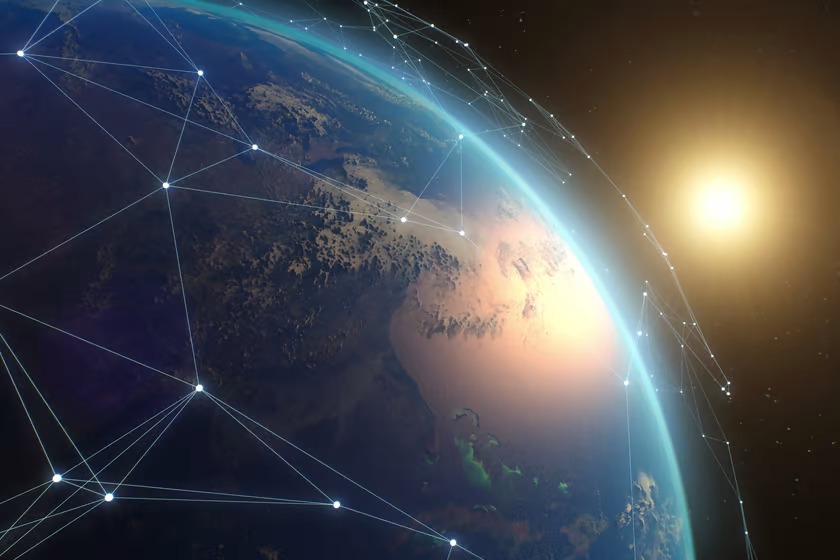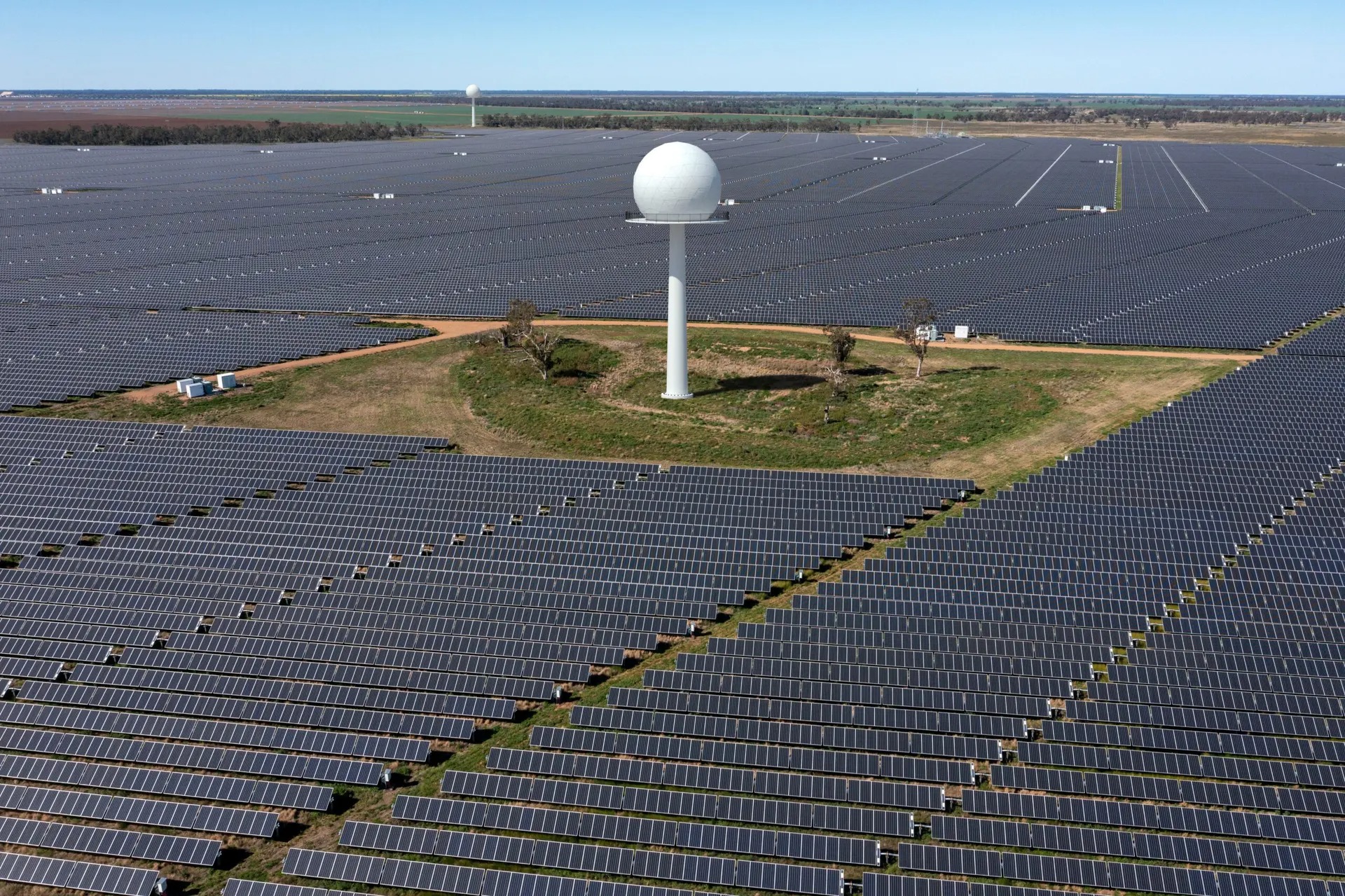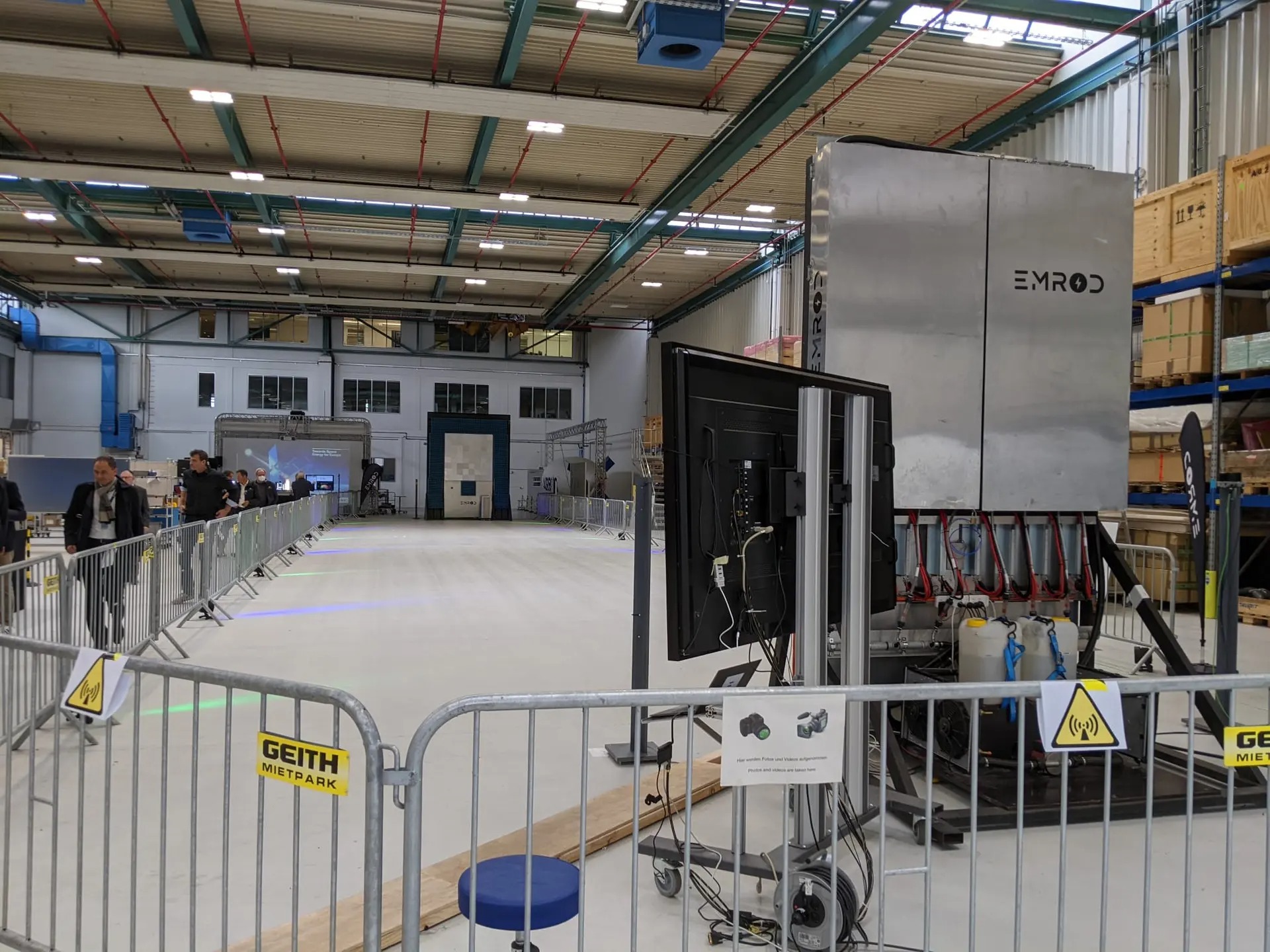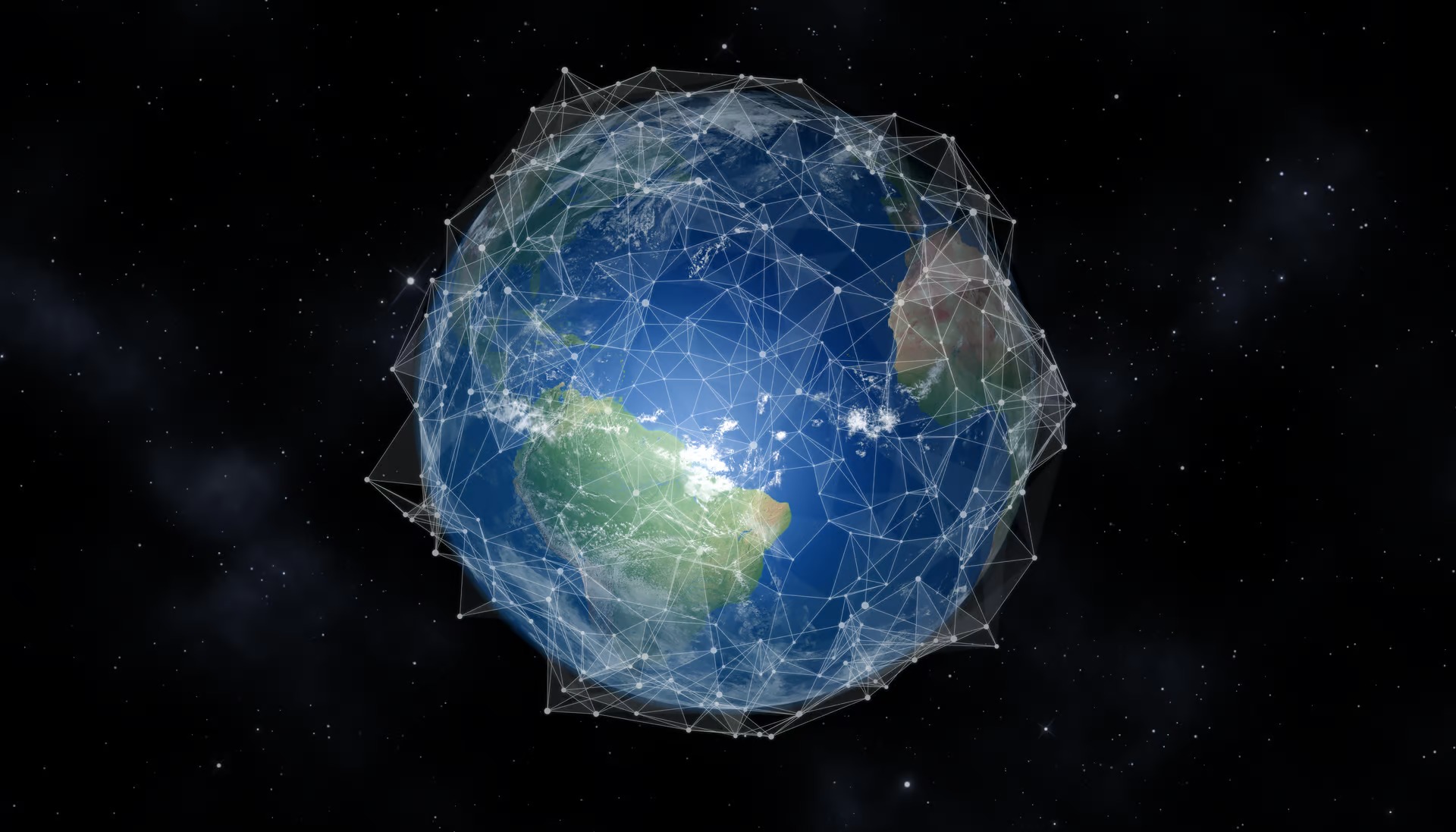Satellite Grid: The Solution for Global Energy Transfer is as Easy as Data Transmission
- Tram Ho
New Zealand company Emrod says it has technology that allows efficient wireless energy transmission from orbit. They are proposing to build a global wireless energy matrix, which will instantly transmit renewable energy via satellite between any two points on Earth.
Emrod has just demonstrated its wireless beam transmission technology with Airbus and the European Space Agency (ESA) as part of ESA’s efforts towards so-called “space-based solar energy”. This is the concept of collecting solar energy in outer space and distributing it to Earth.

The idea of space-based solar power (SBSP) is not new. But its problem has always been size, because you would need transmitters and receivers about 2 kilometers in diameter to deliver a few gigawatts of energy down to Earth from geostationary orbit about 36,000 kilometers away. Building a receiver system of this size on Earth would be a huge challenge. And building such a thing in space is almost impossible, with current human technology.
Emrod says its near-field energy beam can get the job done much more efficiently than competing technologies. But Emrod founder Greg Kushnir thinks there is a much cheaper and easier way to meet the renewable energy needs of Europe and more broadly globally. It is the solution to establish a wireless global energy matrix, a system capable of emitting electricity instantaneously around the planet, using lower-orbit satellites.
In 2016, a concept for a global super-grid was proposed, based on a network of tens of thousands of kilometers of super-high-voltage power lines both on the ground and under the sea. Emrod’s concept of the “Global Energy Matrix” will require less infrastructure, or at least replace them with systems in orbit. And then, if you build a giant solar panel system in the Sahara desert in Libya, then as soon as the midday sun produces its peak power, you can transfer that energy to as far as Shanghai when the sun began to set.

A global, all-weather, wireless energy grid that will unleash renewable energy on an extraordinary scale.
The company has tested small designs, which are square-shaped transmitter and receiver antenna prototypes with a diameter of 1.92 m. During the ESA demonstration, the device sent some clean energy from one side of the warehouse to the other so that the Airbus was 36 meters away.
But with the backing of energy company NZ Powerco, it has been shown to be capable of similar operations at altitudes of at least 200 meters outdoors, and the company says it is ready for commercial deployment on those areas. longer distance.
Historically, a global wireless energy grid was proposed by Nikola Tesla about a century ago. But this idea was rejected by the owner of the bank JP Morgan with a question: “If someone can use electricity, where do we put the meter?”.
But with today’s technology, the question has countless ways to solve simply and accurately.

Emrod demonstrated its wireless beam transmission technology to the European Space Agency at an Airbus event in Germany.
“Technology is here,” said Kushnir. “It’s been developed, it’s starting to be rolled out. Over the last few months, it seems like the industry has caught up with our vision and started spending budgets and teams on this. But we’re not. I’m off to a good start, we started this three years before everyone else.”
“The problem is, all the other teams see the spark as a far-field communication system. And with far-field systems, you usually lose 15-20% of the energy. And when the beam starts to split. period, you’re going to need a giant antenna wherever you want power, so the cost/benefit of these studies always looks unrealistic.” he continued.
“We’re not working with a far-field system, but a near-field system. By the way, near and far there isn’t too much of a difference when it comes to focusing the beam and at which stage it is collected. produces a collimated beam with a divergent array. It moves pretty much like in a virtual string, very well defined, with no loss. And we capture it in the near field, or the Fresnel region by more precise way of saying it.In a demonstration a few days ago we demonstrated a beam collection efficiency of over 95%.We know how to put the efficiency around 99%.Also we can do make my antenna much smaller.”
Of course, for the “Global Energy Matrix” to work, we will need a series of structures built in space. These satellite antenna arrays would act more or less like lenses, capturing a beam of energy from the ground, bending and refocusing it to send it to another point, either firing straight back to the ground or firing via another satellite. While these may be smaller than previously expected, they will still be quite large. The size will depend on the distance, and the distance will affect the number of satellites you need in your satellite beam and these will be just a few factors in a complex equation of feasibility and problem cost – benefit.

Wireless power transmission can transfer energy as fast as telecommunications data in a global satellite network, Emrod says.
For example, if an antenna were to be placed in orbit 400-500 km above the ground, it would need to be the same size as the 108 m structure of the International Space Station, which orbits at the same height. It would of course be much less complicated and expensive than that hundreds of billions of dollars worth of systems, but it would still require a process to assemble in space, and this would be no small challenge.
Emrod is considering another proposal that would place satellites in lower orbits, nearly 100 kilometers above the ground. At that time, the satellites only need to be 30-40 meters wide and therefore will be much cheaper to build and launch. But they won’t transmit energy far across the globe, and they will move so fast and close to the Earth that there will be significant air friction, and that’s another problem. Kushnir said the company is talking to several aerospace companies, hoping to have the first test system in orbit within the next three years.
However, according to him, the biggest problem at this stage is not technology or even economics. It’s a matter of public perception.
“For some reason”, he said, “There’s a perception gap for people. It doesn’t matter if they believe they can pick up the phone – using electromagnetic waves sent via satellites – to communicate with people around the world and send But it’s hard for people to accept that it’s possible to do the same with energy, even though it’s not physically different.”
According to him, the company will need to do a lot to prove its technology, before the first few systems are deployed commercially.

Emrod’s current energy transceiver prototype: a 1.92 meter square array.
Kushnir said his company is also in the early stages of developing one “energy skin” , which can turn the entire fuselage into a wide-angle antenna array capable of receiving power during flight, from transmitters in space or on land. Such a thing could completely bypass the energy storage problems that are holding airlines back, that is of course if Emrod can prove to aviation authorities that it is safe.
Another important issue that Kushnir worries about is the global political situation. Because he thinks this will be the next level of energy infrastructure, and it will soon be highly politicized, like GPS, quantum computing or any other disruptive technology.
Refer New Atlas, Emrod
Source : Genk
